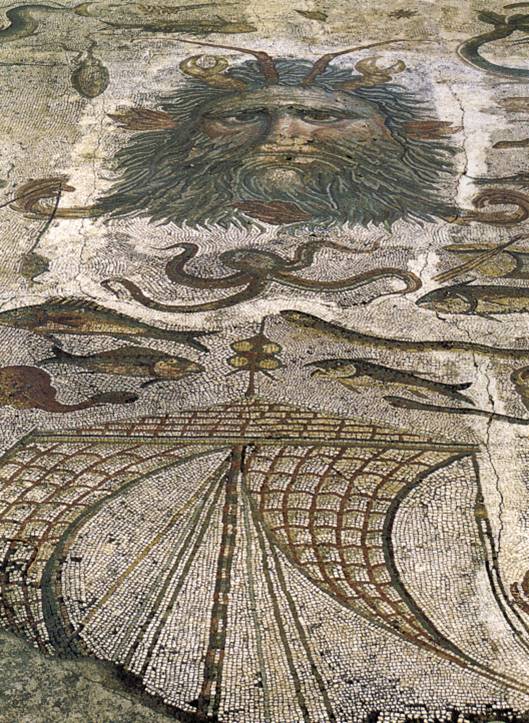
It looks like now an anthropologist is challenging the findings of the 1960s excavation at Masada:
"An Israeli anthropologist is using modern forensics and an obscure biblical passage to challenge accepted wisdom about mysterious human remains found at Masada, the desert fortress famous as the scene of a mass suicide nearly 2,000 years ago.
A new research paper published Friday takes another look at the remains of three people found at the site and given a state burial by Israel as Jewish heroes. The remains, the study says, could actually be those of the Jews' Roman enemies.
The remains of two male skeletons and a full head of woman's hair, including two braids, were found in a bathhouse by archaeologists in the 1960s. They were long thought to belong to a family of Zealots, the fanatic Jewish rebels said to have killed themselves rather than fall into Roman slavery in A.D. 73, a story that plays an important role in Israel's national mythology.
Along with other bodies found at Masada, the remains were recognized as those of Jewish heroes by Israel's government in 1969 and given a state burial, complete with Israeli soldiers carrying flag-draped coffins.
But anthropologist Joe Zias and forensics expert Azriel Gorski write in a paper in the June issue of the journal Near Eastern Archaeology that the remains buried with honors may not have been those of Jews at all, but of Romans.
The paper focuses on the hair, noting the odd absence of a skeleton to go with it. The researchers' new forensic analysis showed an even stranger fact — the hair had been cut off the woman's head with a sharp instrument while she was still alive.
Zias' attempt to explain the discrepancy led him to the Old Testament's Book of Deuteronomy, where a passage says that foreign women captured in battle by Jews must have all their hair cut off, apparently an attempt to make them less attractive to their captors.
Zias concluded the hair belonged not to a Jewish woman but to a foreign woman who fell captive in the hands of Jewish fighters.
In his scenario, the woman was attached to the Roman garrison at Masada in A.D. 66 when the Zealots seized the fortress and killed the soldiers. Jewish fighters threw two Roman bodies into the bathhouse, which they then used as a garbage dump, judging by other debris found inside. The Zealots treated the woman captive according to Jewish law, cutting off her hair, which they threw in with the bodies."









